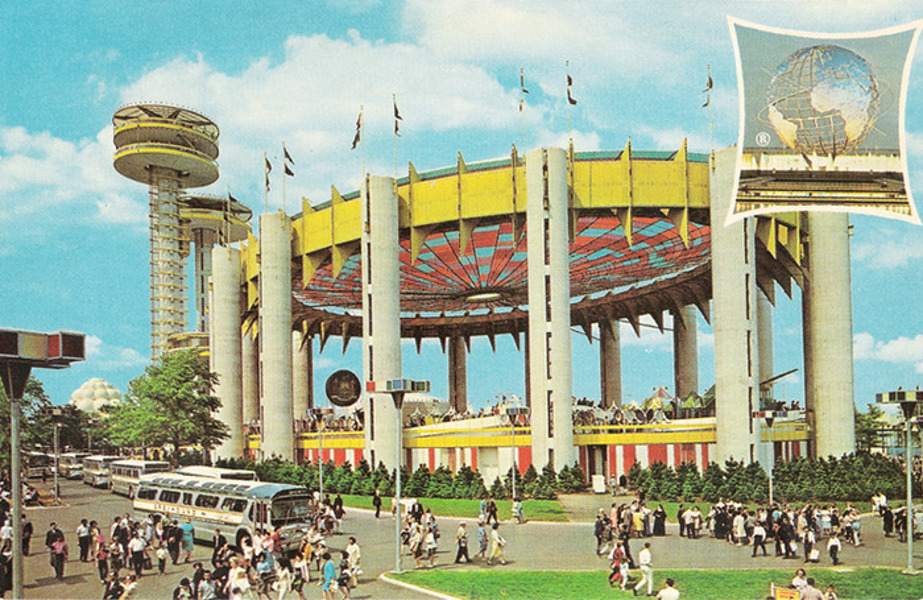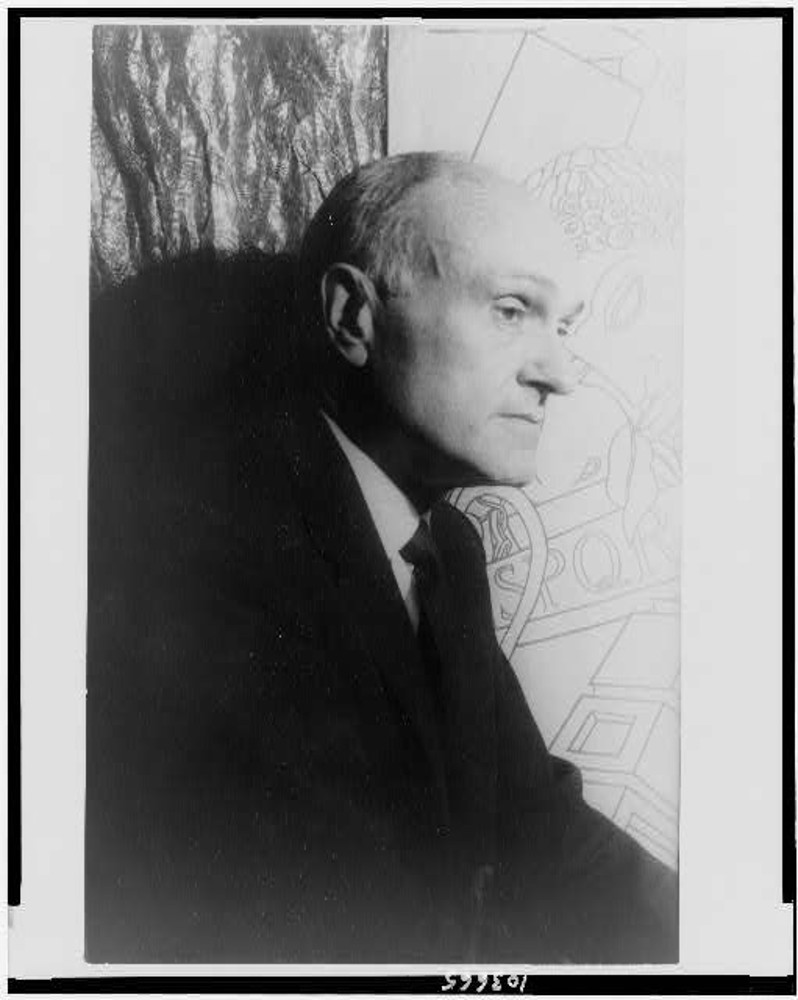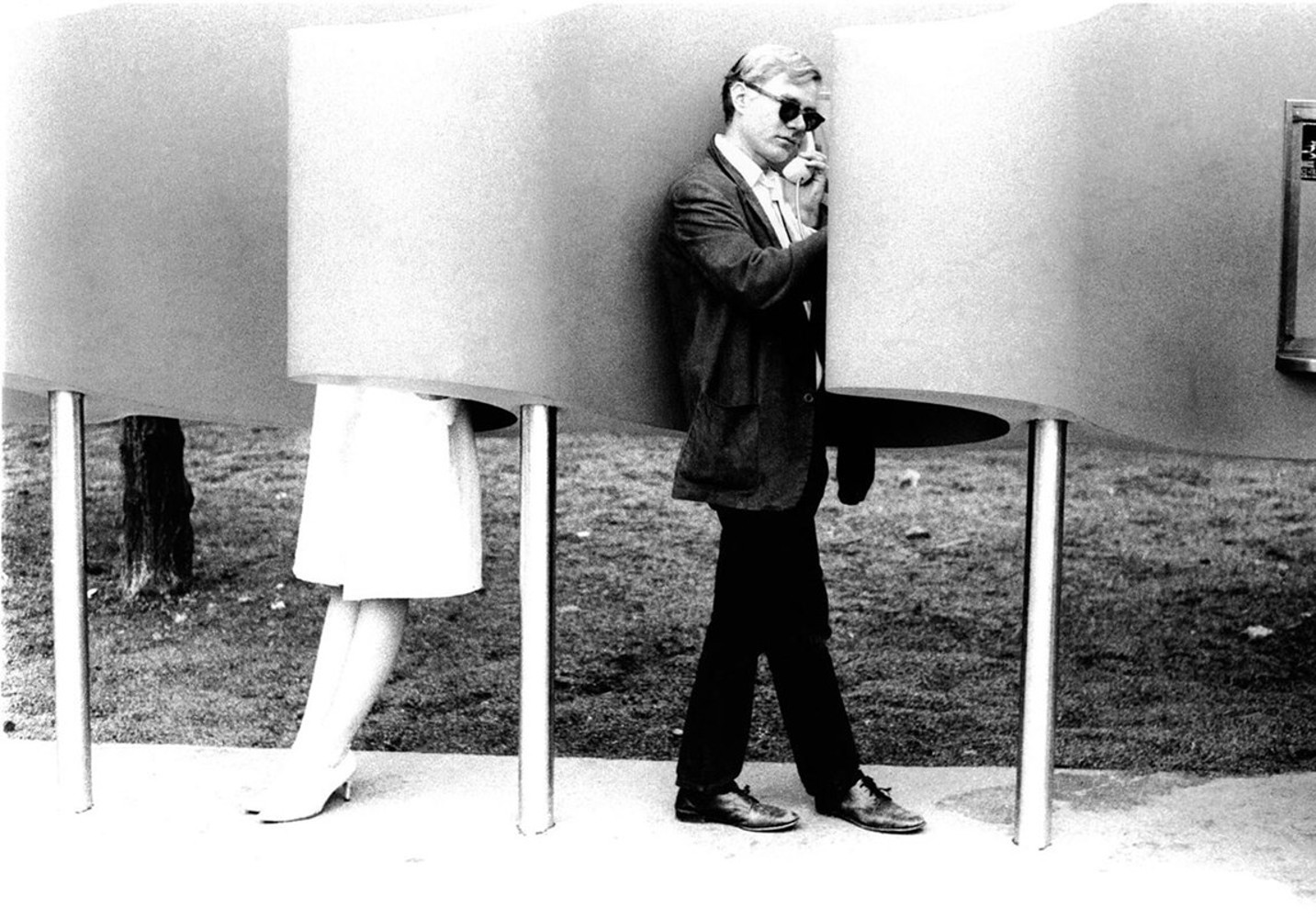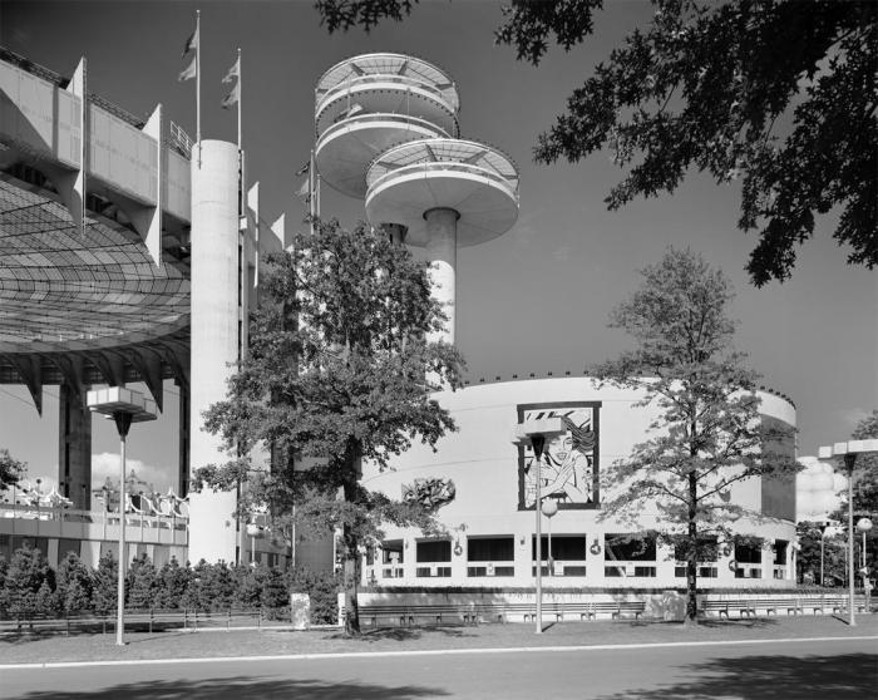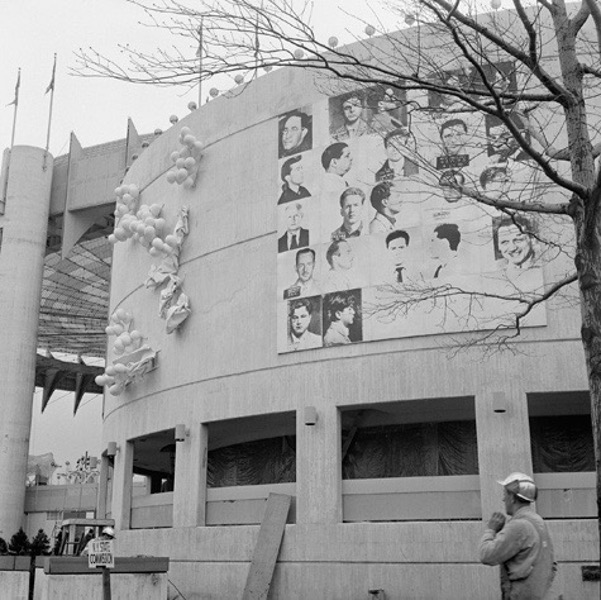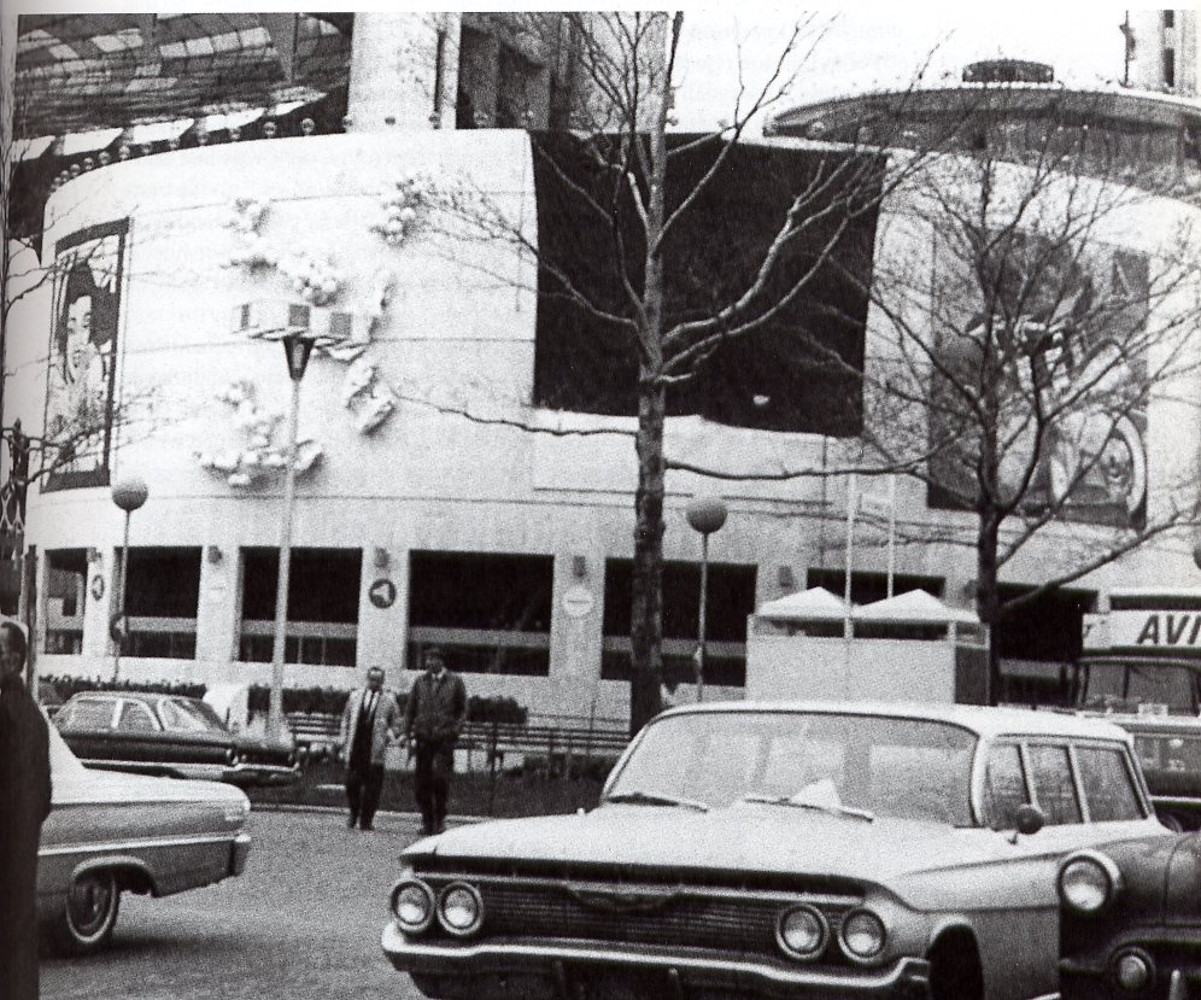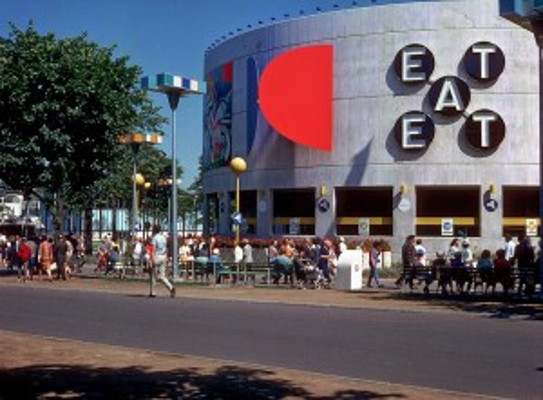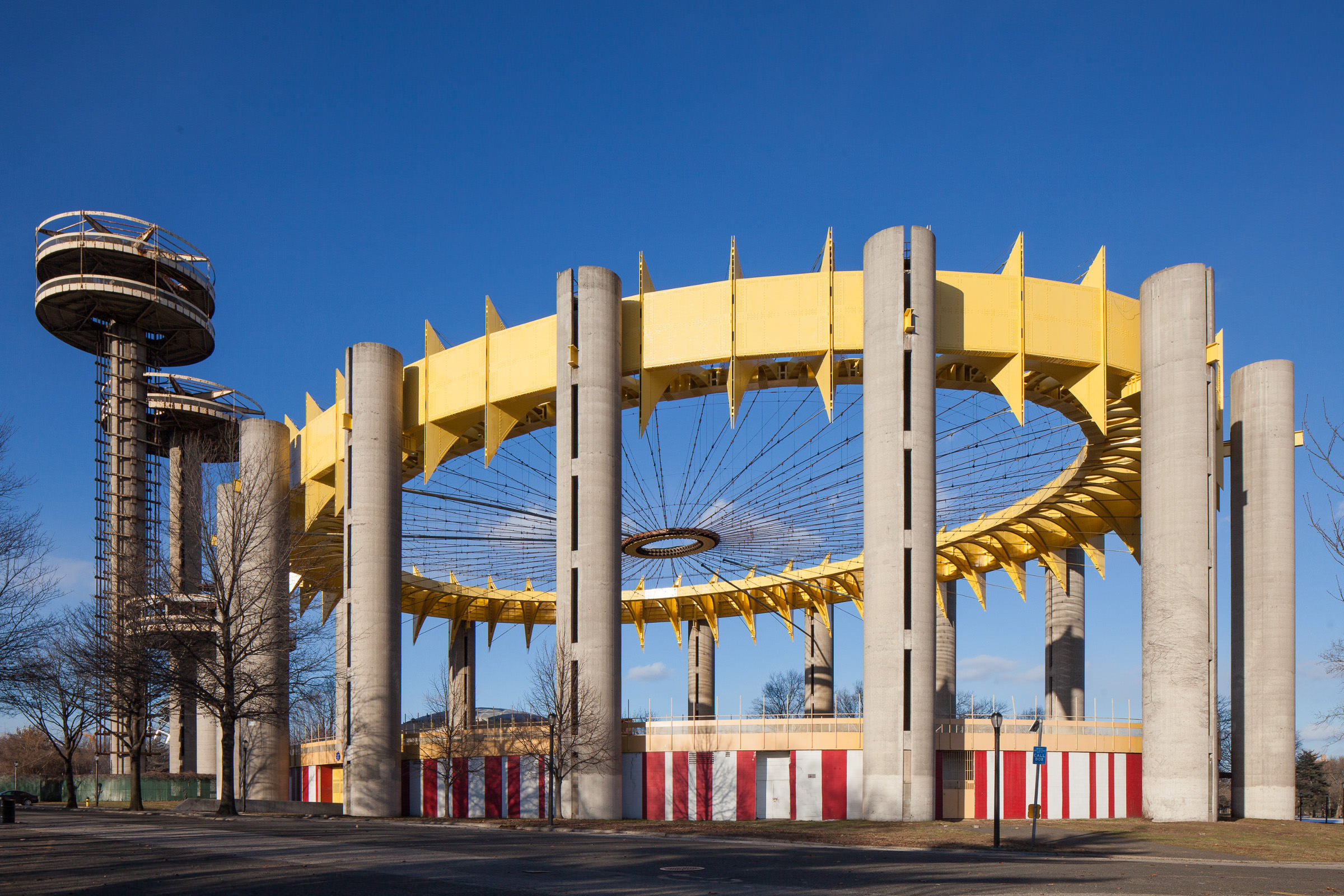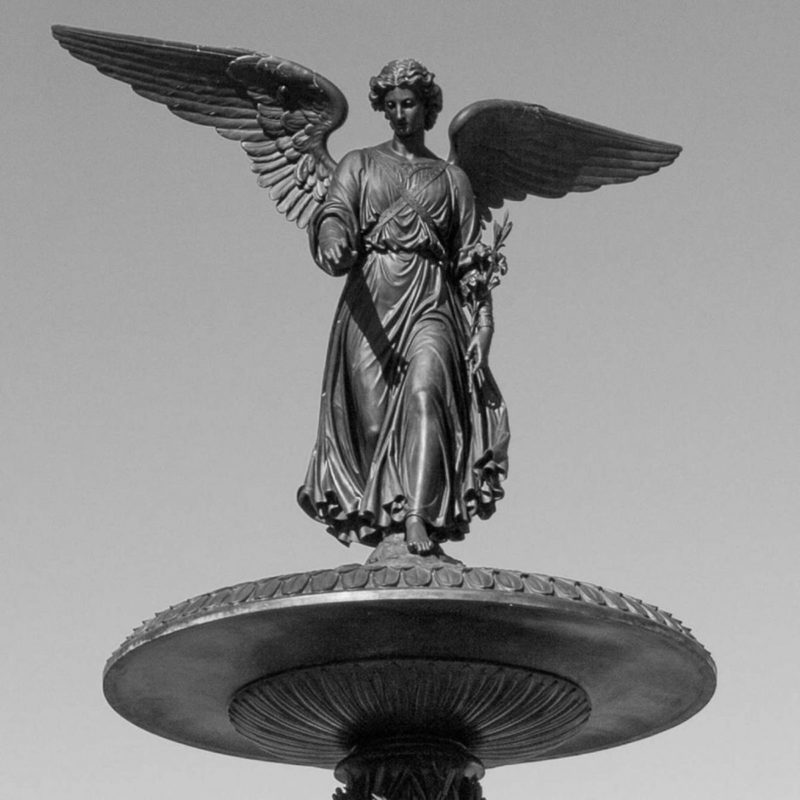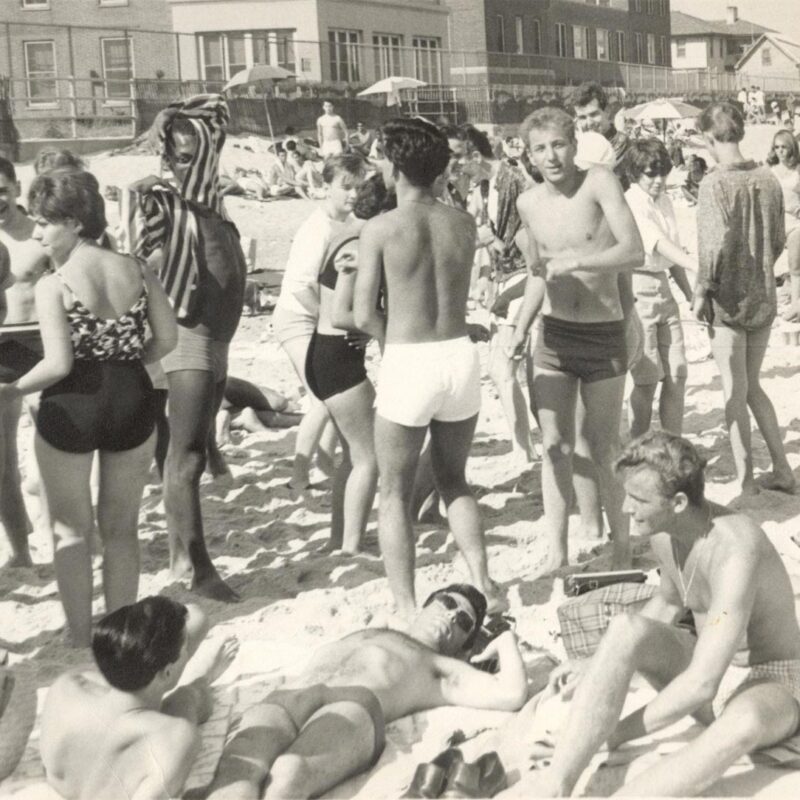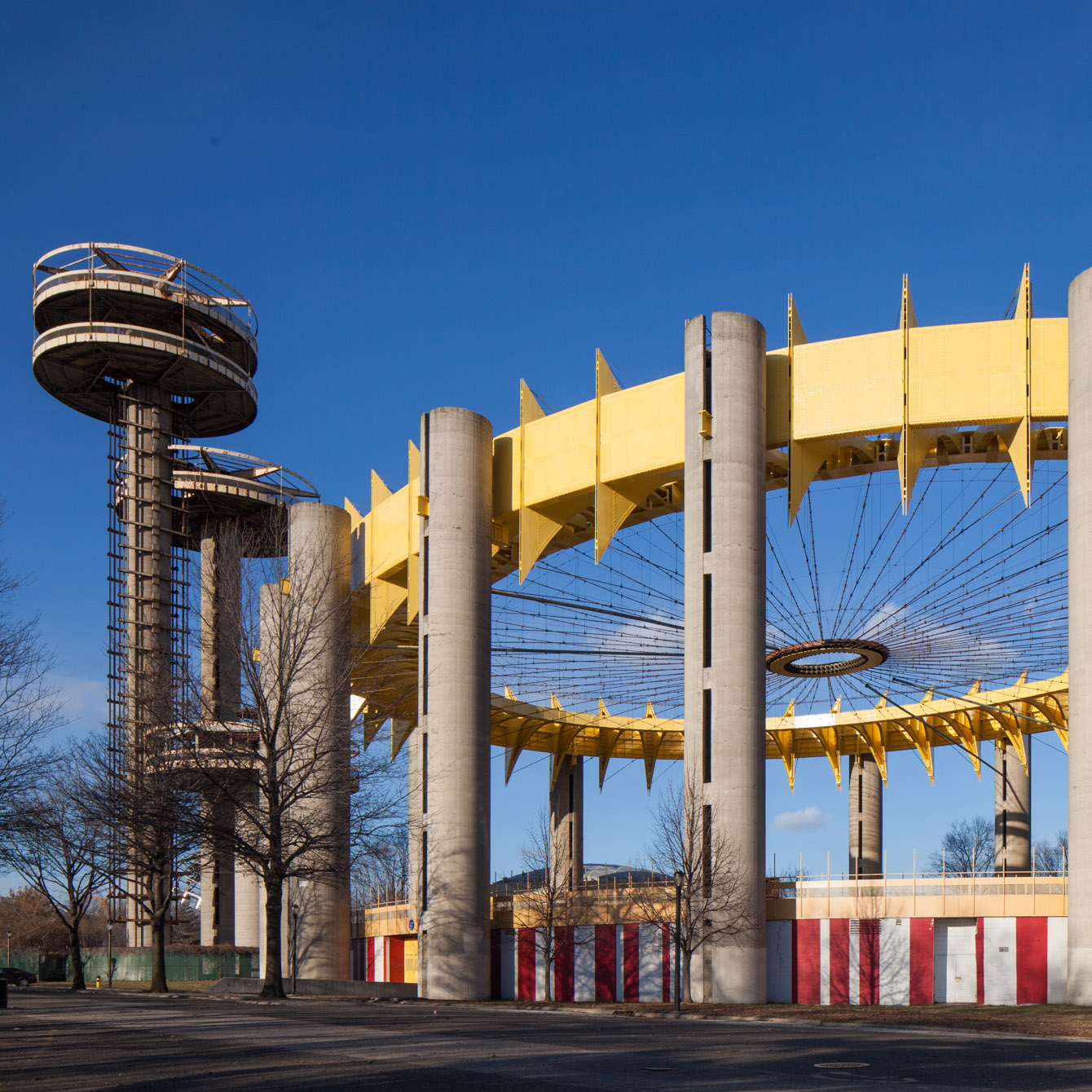
New York State Pavilion
overview
Architect Philip Johnson and artists Robert Indiana, Ellsworth Kelly, Robert Rauschenberg, and Andy Warhol are all associated with the New York State Pavilion, built for the 1964 New York World’s Fair in Flushing Meadows-Corona Park.
Warhol’s work, 13 Most Wanted Men, sparked controversy before the Fair’s opening in April 1964.
History
Governor Nelson Rockefeller commissioned Philip Johnson, with architect Richard Foster, to design the New York State Pavilion, which would be the largest and tallest pavilion at the 1964 World’s Fair. Rockefeller was already working with Johnson on the design and construction of the New York State Theater at Lincoln Center.
Johnson’s intent was to design an unencumbered free space to showcase the greatness of New York through architectural and technological innovation. The overall complex consisted of three elements: the large open-air Tent of Tomorrow, three Astro-View observation towers, and the cylindrical Theaterama (currently the Queens Theatre in the Park).
Controversy involving Johnson and Andy Warhol erupted days before the opening of the Fair. Johnson invited ten up-and-coming artists to create murals that would adorn 20’ x 20’ slots on the exterior of the Theaterama, including Robert Indiana, Ellsworth Kelly, Robert Rauschenberg, and Warhol. Warhol chose to install 13 Most Wanted Men, a massive grid of enlarged silk-screened mug shots from the New York City Police Department’s 13 most wanted criminals of 1962. Each image was tiled together creating a large tableau of men looking over the grounds. The subversively homoerotic content – with the double entendre of “wanted” – was installed on April 15, 1964 and soon raised objections at the highest level.
A few days later, Warhol gave his permission to have it painted over with silver house paint, in time for the April 22nd official opening of the Fair. No clear explanation was ever offered about why it was painted over, but Warhol’s offer to cover it with a grid of 25 portraits of Robert Moses, the then-president of the World’s Fair Corporation, was not accepted. The large silver square remained in place until the end of the Fair.
Entry by Ken Lustbader, project director (March 2017).
NOTE: Names above in bold indicate LGBT people.
Building Information
- Architect or Builder: Philip Johnson
- Year Built: 1964
Sources
“13 Most Wanted Men: Andy Warhol and the 1964 World’s Fair,” Queens Museum, 2014, bit.ly/2e8Daqi.
Caryn E. Neumann, “Robert Indiana” GLBTQ Archive, bit.ly/2e0sSDP.
Do you have more information about this site?
This project is enriched by your participation! Do you have your own images of this site? Or a story to share? Would you like to suggest a different historic site?
